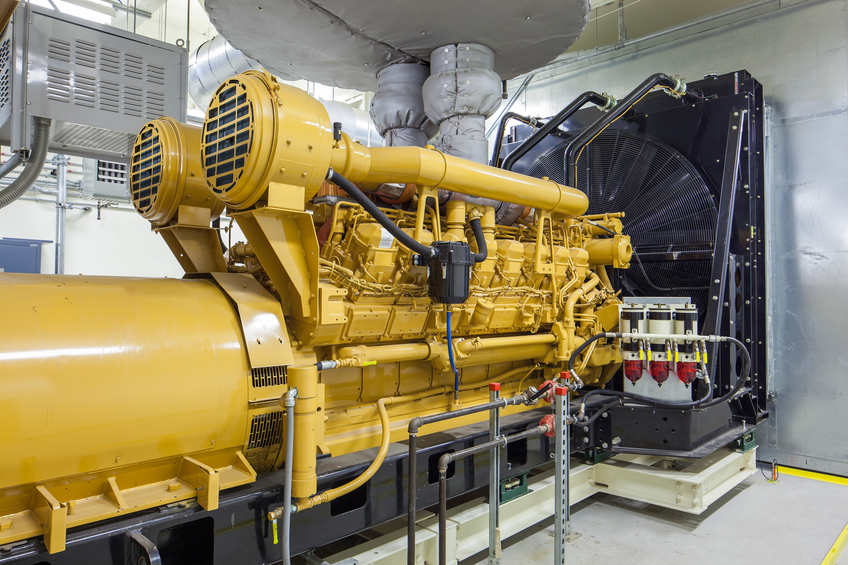Understanding Motor Nameplate Information: NEMA vs. IEC Standards

This online engineering PDH course provides a brief overview of how to read and interpret motor nameplate information, as well as highlights the major differences between NEMA and IEC motor standards.
One of the most important aspects of making motors interchangeable is ensuring that nameplate information is common among manufacturers. International standards such as National Electric Manufacturers Association (NEMA) and International Electrotechnical Commission (IEC) provide key electrical, mechanical, construction and reliability parameters on the motor largely to benefit consumer to expect "standard" motors from different manufacturers that meet or exceed the minimum performance parameters, and for the most part, be about the same size.
This 3 PDH online course is intended for mechanical and electrical engineers, energy auditors, service technicians, operational and maintenance personnel who are involved in designing, specifying, maintaining or replacing motors.
This PE continuing education course is intended to provide you with the following specific knowledge and skills:
- Who determines the nameplate information
- What does rated volts, FLA, Hz, PF, Torque or HP means
- What does time rating or duty cycle means
- What does rating temperature or the insulating rating means
- What does frame size and enclosure means
- What does service factor means
- What do motor design codes mean
- What does full load RPM and Synchronous speed means
- How does IEC terminology differ from NEMA standards
In this professional engineering CEU course, you need to review the document titled "Understanding Motor Nameplate Information: NEMA V/s IEC Standards".
Upon successful completion of the quiz, print your Certificate of Completion instantly. (Note: if you are paying by check or money order, you will be able to print it after we receive your payment.) For your convenience, we will also email it to you. Please note that you can log in to your account at any time to access and print your Certificate of Completion.